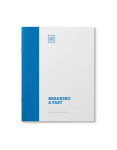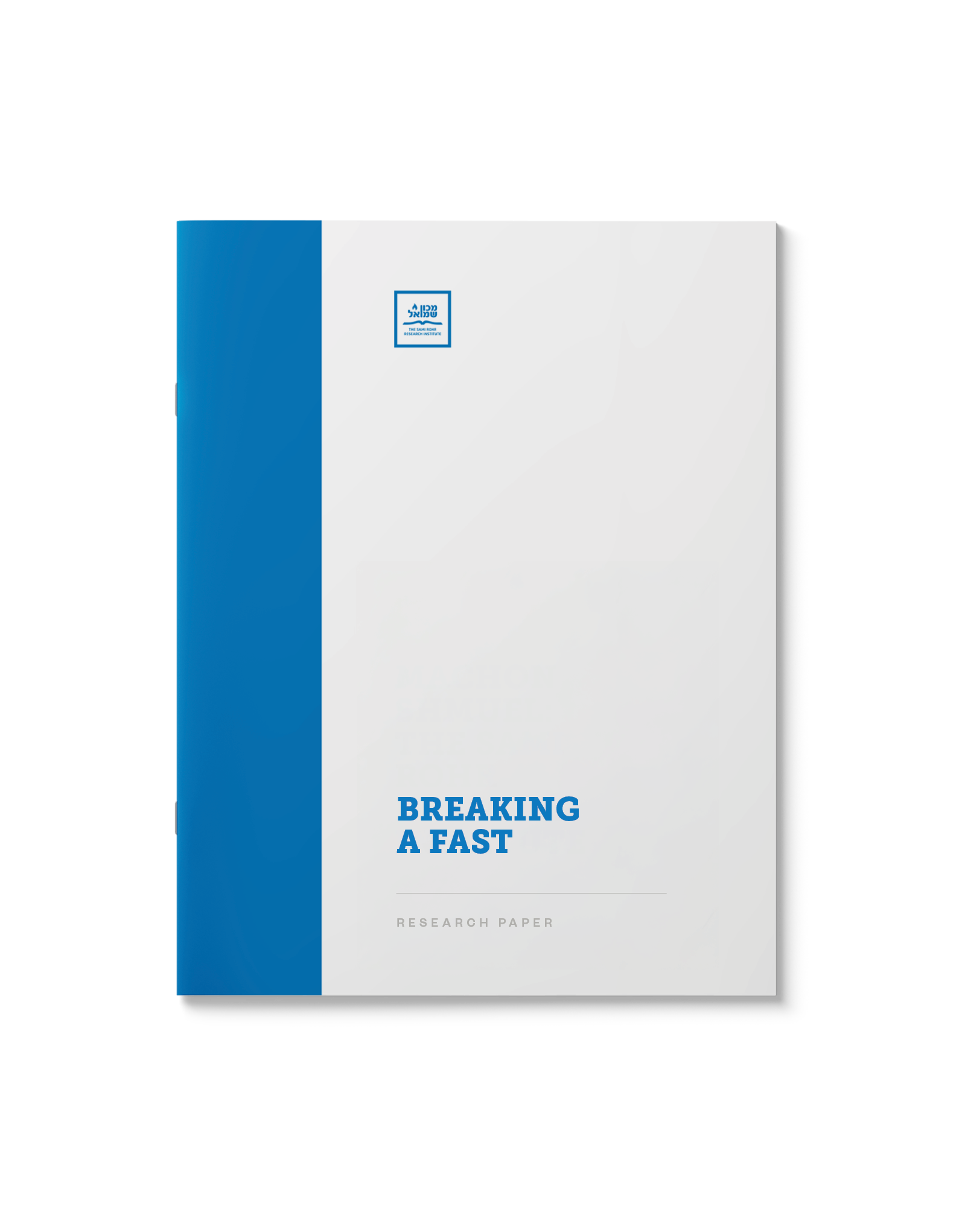Breaking a Fast
$75.00
“You shall observe My statutes . . and live by them” (Vayikra 18:5).
What halachic guidelines are invoked to protect the well-being of the ill and infirm on fast days? What medical advice should be sought out in advance, and what questions need to be asked? When ought one resort to ‘shiurim’? How are they calculated?
Reviewed by a Moreh Hora’ah B’Poel
| Language | English |
|---|---|
| Paper Type | Research Paper |
| Pages | 39 |
Related Products
בירור מקיף על מצות שופר ומשמעותם הפנימית של סוגי הקולות וסידורם לאור החסידות.
Shabbos is a day of physical delight and spiritual rejuvenation. Each of the Shabbos meals is designed with taste and splendor, which elevates the simple act of eating to being a Heavenly experience.
Of what mystical significance are the three halachically-mandated meals on Shabbos? How does Jewish mysticism transform our appreciation for the Shabbos in general, and our perception of the third Shabbos meal in particular?
The water used to bake Matzah must be mayim shelanu—water that had been drawn in the evening and left to cool overnight. What is the halachic background for this requirement?
The Blowing of the Shofar: Reasons and Significance
Have you set up “Hey Siri!” on your iPhone yet? How about the Amazon Echo to obediently adjust your thermostat, turn on your lights and play your favorite music – all by the sound of your voice?
During the week this might be great, but what about on Shabbos? Do the laws proscribing creative activity extend to actions that result from our verbal expression? What if some technology was devised to act upon your thoughts?
Related: “An Uplifting Shabbos” and “Motion-Triggered Sensors”
The uncertain ownership that yeshivah students have of their dormitory rooms creates chaos when it comes to Pesach preparations. This paper clears the confusion. Must they do bedikas chametz? If yes, with or without a brachah? And do they also need to sell the chametz?
The shofar is an ancient musical instrument used to call the Jewish people together. It was blown to announce the new month, before the commencement of battle, and other occasions. It is still used on Rosh Hashanah and the closing of Yom Kippur to call the people to repentance. When was the shofar used for the first time?
The popularity of Smart Sensors is on the rise. As more aspects of ordinary life are administered by electronic mechanisms, many practical questions are raised about how observant Jewish life is impacted by the new technology.
When the stairwell lights only turn on when sensing your presence, can you use them on Shabbos? What about the inadvertent motion that triggers a neighbors’ outdoor lights? Can you be present in a room that is monitored by closed-circuit surveillance cameras?
A summary and index of the major contemporary Poskim on this issue.
See also: “An Uplifting Shabbos” on the general issue of Electricity and Shabbos.
This paper features a curricular overview of the mitzvah of experiencing Oneg Shabbos.
Shabbos and Yom Tov are both so precious to the Jewish people that many Jews welcome them in early. How does this fit in with the prohibition of adding to a Mitzvah? What is the source of this practice? Study all the opinions and Halachic ramifications.
(Hebrew)
Up, down, left, right, the lulav nanuim are a bewildering sight. This paper delves into the mysticism behind the historically venerated mitzvah of shaking lulav and esrog. What are its origins? What does it represent? How is it relevant today?
In response to the buzz surrounding #GefilteFishGate, we shared the following material (free) on our social media feed on Facebook and Twitter
This is where we stand on #GefilteFish
Follow us there for more exclusive content!















